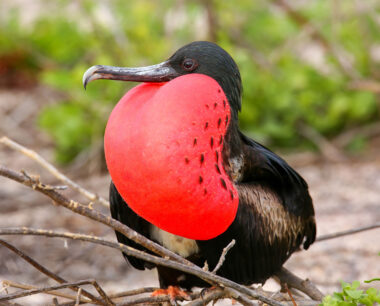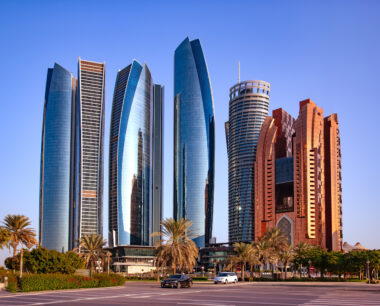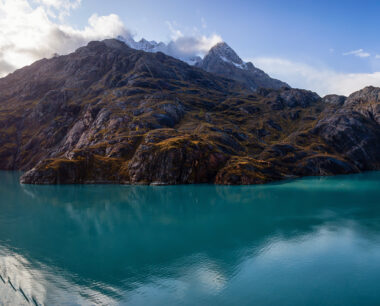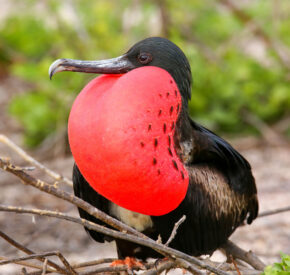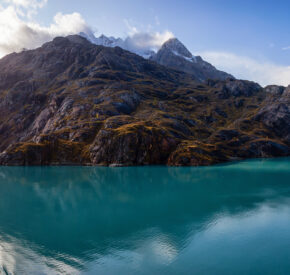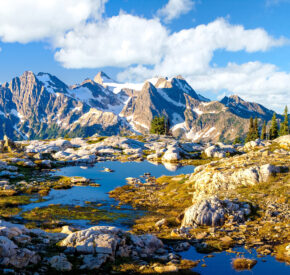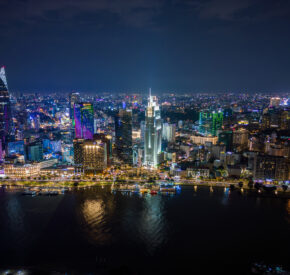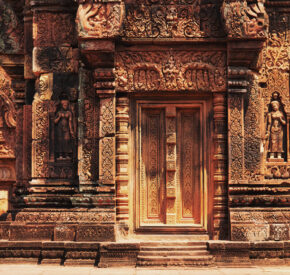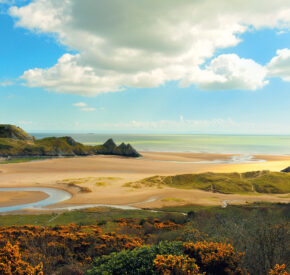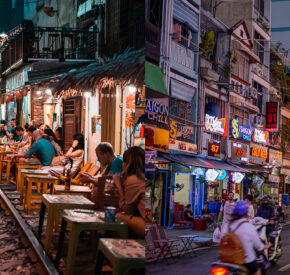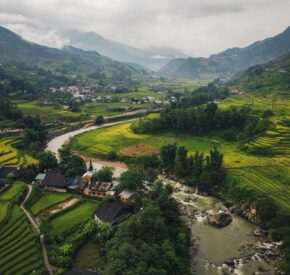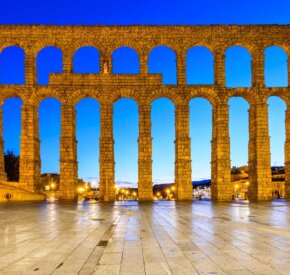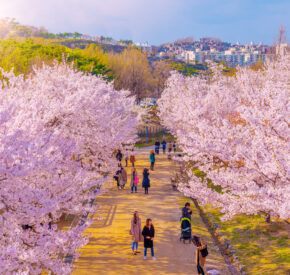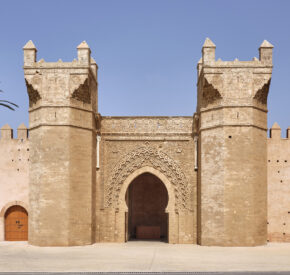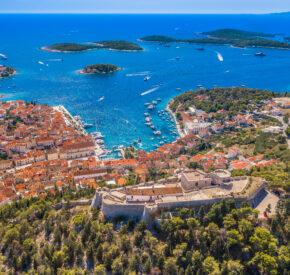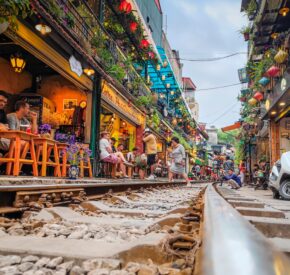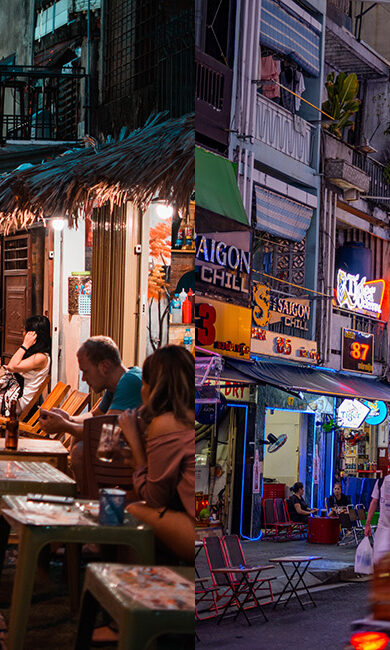
Hanoi or Ho Chi Minh City: Which Vietnamese city should you visit?
Vietnam’s north-south divide is more than geographical. Split into two nations in the 1950s, they were only reunited post-Vietnam War. Cultural Hanoi or buzzy Ho Chi Minh City (Saigon), which is for you?
Here at Wanderlust, we’re big fans of slow travel, and so if someone asks us ‘how long should I spend in Vietnam?’ the answer is always going to be ‘as long as possible’.
But if you’re short on time, you may be looking to prioritise, especially as there’s so much to see beyond the cities, such as the terraced rice terraces of Sapa and the national parks, like Phong Nha-Ke Bang or Cuc Phuong.
Debating between Hanoi or Ho Chi Minh City? Here’s our guide to both cities so you can compare and decide for yourself…
Hanoi or Ho Chi Minh City: In numbers
Hanoi
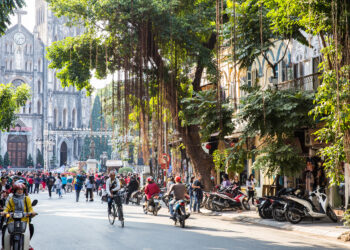
Location: Northern Vietnam
Population: 8.5 million
Total area: 3,329 sq km
Famous for: Pho soup, pagodas, the resting place of ‘Uncle Ho’, tai chi by Hoan Kiem Lake and water puppets
Read next: 9 of the best things to do in Hanoi
Ho Chi Minh City
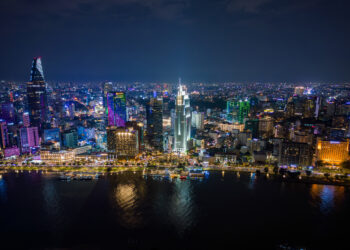
Location: Southern Vietnam
Population: 8.9 million
Total area: 2,061 sq km
Famous for: Fox holes, war museums, the Reunification Palace and boat trips on the Mekong Delta
Read next: 9 of the best things to do in Ho Chi Minh City (Saigon)
Hanoi or Ho Chi Minh City: History
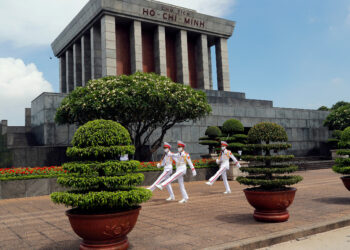
The first thing you notice is the pace. If Ho Chi Minh City (HCMC) stands for modernity and Vietnam’s newfound economic might, Hanoi is its antithesis: a capital with at least one eye firmly on the past. After all, ‘Uncle Ho’ might have leant his name to the city in the south, but it’s here where you’ll find his body on show, resting in a glass case inside a marble-lined mausoleum.
Like its Communist benefactor, Hanoi gives the sense that it too has been preserved with posterity in mind. A wander of the Old Quarter reveals labyrinthine streets named after the goods once (and still) sold there – you’ll still find paper lanterns on Hang Ma (Lantern Street) today. And even when modernity does rudely barge into this corner of the city, in the form of Train Street – an actual railway squeezed in between houses – the cafes lining it just reset once the locomotives have inched by.
If HCMC is the future, Hanoi is Vietnam’s still-beating past. A place where water puppet performances are performed daily in the Thang Long theatre and where strolls around the Hoàn Kiếm and West lakes are still just as enticing as they were centuries ago.
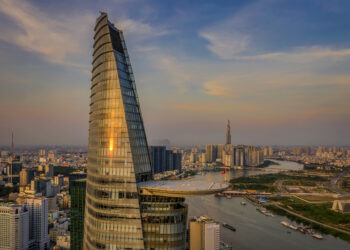
What the north resists, the south embraces. It was on 30 April 1975 when Saigon finally fell to the North Vietnamese forces. Back then, few would have predicted what an economic powerhouse the city would become. Having been set up by the French as a commercial centre in the 19th century, Ho Chi Minh City is now both the driving force of modern Vietnam and its embodiment: a bustling, cashless, LGTBQ+-friendly, free-wifi metropolis.
Gazing out from the observation deck of the Bitexco Financial Tower (262m), it would be easy to think that much of old Saigon has been lost. Over the last couple of decades, more than a third of its historical buildings have been flattened. But the core of the city’s past remains intact, particularly in the French Quarter, on which the fingerprints of colonial France can still be seen, or the Reunification Palace where the gates fell in 1975 to symbolically signal the end of a war whose legacy is still being unpacked in museums, sites and galleries across the city.
Hanoi or Ho Chi Minh City: Food
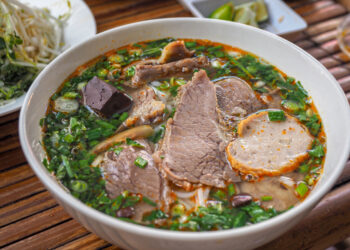
Heritage has its place, particularly when it comes to dining. Hanoi is a bastion of the Vietnamese pho (noodle soup). The rightly lauded Pho Gia Truyen, a shop that predates even the war, dishes up a historically authentic version of a dish that originated in the north, where the use of thinner noodles and a simple, salty beef broth (over the sweeter southern version) is still the gold standard for many.
Be sure to explore the food markets of the Old Quarter, where Dong Xuan, erected under French colonial rule, is the oldest – and still the largest – in the city. It’s particularly popular with the vespa food tours, whose guests can often be spied greedily slurping up a bowl of bun cha (pork and noodles).
After the war, Vietnam sought a new cash crop and put all its efforts into growing coffee – now it’s the world’s second-biggest producer. A peculiarly Hanoi interpretation of the local fixation on this drink is the ‘egg coffee’ created by Giang Cafe, which takes the slow-drip condensed-milk version found across the country and beats in an eggy custard. It must be tried.
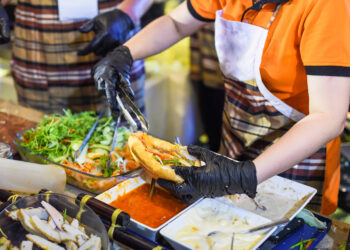
While Hanoi is all tradition, Ho Chi Minh City’s mass of expats means there’s perhaps more dining variety in District 1 than in all of the north. Here you’ll find craft beer (try Pasteur Street Brewing), slick roasteries and Turtle Lake’s food carts. The latter is a great place to grab some com tam, a dish of pork, egg and broken grains of rice that gained popularity in the 1930s as a cheap filler for Saigon’s dock workers and soon slipped into immortality.
Another famous city treat is the banh mi sandwich. Typically filled with pate or pork and a slaw of pickled carrots, radish and cucumber, all squashed into a wheat- and rice-flour baguette, this humble staple is now an HCMC icon. Head to Bánh Mì Huỳnh Hoa for some of the best examples.
Finish with a city food tour with XO Tours, the first all-female motorbike tour company in Vietnam, which skips a lot of the usual over-packed sights for some genuine finds.
Read next: Foodie adventures in Vietnam: exploring the history and culture behind the country’s unique cuisine
Hanoi or Ho Chi Minh City: Culture
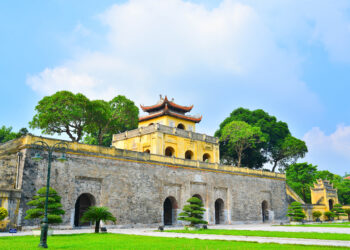
Despite the endless tide of Vespas surging through the narrow streets, Hanoi is a far slower burn than its southern cousin. It has also retained far more of its history, as exemplified by the city’s half-dozen UNESCO-listed World Heritage sites.
The largest of these is the Old Quarter itself, whose narrow streets are lined with tube-like shophouses, some barely two metres wide. These sprouted in the late 19th century and were said to have been a canny way of avoiding a tax based on the size of the street-level frontage. Today, they are an inseparable part of the character of the city, their workshops and stalls often spilling onto the pavements.
Be sure to also drop by what remains of Thang Long Imperial Citadel, whose 1,000-year history spans imperial, colonial and wartime structures. Early buildings and artefacts are still being discovered as part of an ongoing excavation.
To learn more about the French colonial era, head to Hoa Lo Prison Museum, whose sobering exhibits scatter what little remains of the complex. However, arguably the best stop in the city is the excellent Women’s Museum, which documents the customs, cultures and contributions of Vietnamese women, particularly during the war (1955–75). And don’t miss the Water Puppet Theatre, a tradition from the rice fields of the north, whose puppeteers artfully convey local folktales while waist-deep in water.
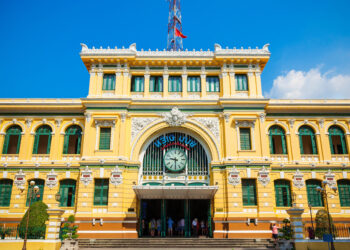
For all its neon-lit ambition, the modern history of Ho Chi Minh City is rooted in the war. The War Remnants Museum is an essential visit, and it is among the most moving (and grisly) accounts of this era, though it’s also worth heading beyond the fringes of the city, where the Cu Chi Tunnels (fox holes) of the Viet Cong thrust you, literally, into the realities of guerrilla warfare.
The bright lights of Ho Chi Minh City simmer to a gentle glow in the French Quarter, where the bulk of the city’s historical buildings from the French era – Belle Epoque flexes of colonial strength – survive. Among those that catch the eye are the red-brick Notre Dame Cathedral, Neoclassical Central Post Office building and the elegant opera house.
Elsewhere, the Chinese influence on the city can be seen in Cho Lon, a district established in the mid-19th century and now one of the largest Chinatowns in the world – and a mass of chaotic markets. Or head to District 1 to see the Jade Emperor Pagoda, whose exquisite gilt woodwork was commissioned by the city’s Cantonese community in the early 20th century.
Hanoi or Ho Chi Minh City: Outdoors

The north has the landscape. The forested peaks and paddies of Ha Giang and Mai Chau wrinkle the land on an epic scale. Here, hiking tours let you trek through hills overlooking giant rice terraces and visit Hmong and Dzay villages where overnight stays shed more light on these communities, their cultures and the other Hill Tribes of the region.
The rainforests of Cuc Phuong, three hours south of Hanoi, inspired the creation of Vietnam’s first national park and remain a vital sanctuary for the Delacour’s langur. This area is also great for hikers, with longer guided treks affording a chance to overnight in a Muong village before continuing.
However, most visitors to Hanoi use the city as a jumping-off point for the bays of Halong and Lan Ha, about two and a half hours to the east. Here, boat trips (some overnight) set out among the hidden lagoons and jade-green waters of the bays’ karst-pinnacle islands.
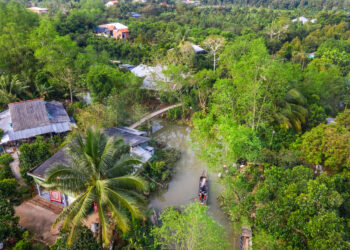
The south is all about river life. The Mekong Delta frays the coast below Ho Chi Minh City, and day trips to the floating markets of Can Tho or kayaking tours of the mangroves of Can Gio are easy to do.
For a quiet getaway, head to the city of Cai Be, where you can pick up the ferry to Tan Phong island. This sleepy islet of farmers is criss-crossed with canals and makes for a peaceful escape by bicycle. In fact, much of the Delta is great to explore on two wheels, given its flat terrain, and there are plenty of tours to choose from.
For somewhere truly remote, head 240km west of Ho Chi Minh City to Tra Su Bird Sanctuary, on the border with Cambodia. Here you’ll find small boats inching the 800 hectares of mangrove-scattered waters, which are home to around 70 species of bird. Keep an eye out for white-throated kingfishers, Indian cormorants and Oriental honey buzzards.
Hanoi or Ho Chi Minh City: The Verdict
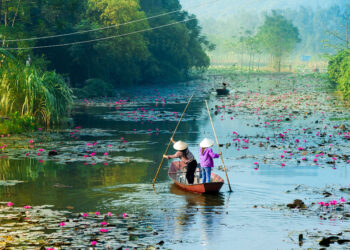
Hanoi has the scenery and the tradition; HCMC boasts the modern history and the most iconic sight of all: the Mekong. Both are foodie havens and will sorely test your Vespa-dodging skills. But why choose? The Reunification Express north-south railway route runs between the two cities and offers some great stops along the way, including imperial Hue and Danang (the stop for Hoi An). It’s a piece of history in itself. Now it’s a great way to combine both cities into one unforgettable trip.
Read next:
Our guide to the best time to visit Vietnam, no matter your itinerary



